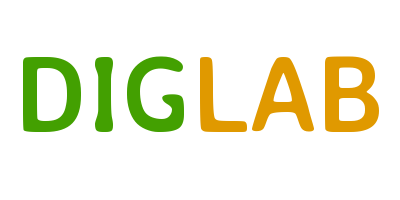The goal of the iteration/Sprint Planning is to collaboratively plan the work to be done by the team during the next iteration. Each Iteration should have a goal and a plan for how to reach that goal.
Preparation for the Iteration planning session:
- Scrum Master and Product Owner needs to elaborate upon:
- How is the team meeting the definition of DONE. This might result in need for a relaxation of the schedule
- Historical and expected velocity over the last iterations. Here we need to take care of new elements like how experience is the team working in distributed environments.
- How clear is the backlog. Product Owner, together with relevant stakeholders should have broken down larger stories into smaller chunks. We expect the two next iterations to have sufficient details attached to them. Product Owner is expected to arrange relevant meetings during any iteration to bring in more details into the backlog.
- What are the action points from last retrospective and how these can influence the next iteration.
- Given the above elements are discussed and agreed on, Product Owner is able to identify the Iteration goal by analyzing, evaluating and selecting the Product Backlog for the iteration. The goal/objective is identified in collaboration between Product Owner and others before the team gathers for the planning session, but can be modified during the session if needed.
Setting up the scene:
- Scrum Master books a max of two hours session using one of the online collaboration tools
- Everybody should be on video unless there is a very good reason for why not
- The must be a break of 5-10 minutes after 50-60 minutes. It is always more demanding when working online and seated behind a screen
- Product Owner reads and discusses briefly the objective of the iteration
- Product Owner shares her screen and shows the list of user stories associated with that goal. These need to cover all the functional and non functional requirements
- Scrum Master starts the planning facilitation by sharing screen and pulling the highest prioritized item
- Product Owner explains the story and any tasks associated to it
- Team decomposes the story into actionable plan with proper estimates
- This is repeated until the capacity of the team is reached.
The result is a forecast from the team showing an iteration backlog






0 Comments